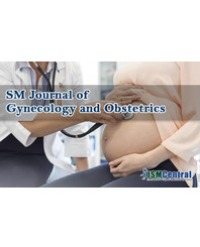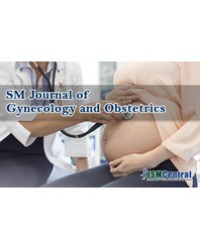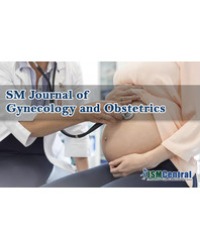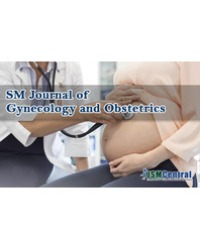
Commentary on
We have read the article by Ozturk et al. entitled “Epab and Pabpc1 are differentially expressed in the postnatal mouse ovaries”
Wen-Chung Wang1, Yen-Chein Lai2*


We have read the article by Ozturk et al. entitled “Epab and Pabpc1 are differentially expressed in the postnatal mouse ovaries”
Wen-Chung Wang1, Yen-Chein Lai2*

This is a case of a housewife from Erbil city in northern Iraq. It highlights one of the rare complication of inserting a coil for contraception. Coil perforation and migration is a recognized complication. The overall incidence of perforation is 0.4/1000 solid devices. The presenting symptoms are very variable and can be very minimal indeed. Radiological methods can help to confirm the diagnosis and also to plan treatment. While few advocate laparoscopic surgery to retrieve the lost coil, most think that laparotomy is the best approach to achieve effective removal of the migrated coil.
Ali Nakash*, Basma Hameed, Susan Khalaid and Dolevan jamal

T he pregnancy outcome in women with Systemic Lupus Erythematosus (SLE) has unquestionably improved with a significant decrease in pregnancy morbidity over the last five decades from 40% in the early 1960’s to less than 15% in recent years
Karen Schreiber*

Placenta Accreta (PA) is a term used to describe various types of abnormal placentation, when chorionic villi attach directly to or invade the myometrium [1]. This is a significant cause of maternal morbidity and mortality being the most common reason for emergent postpartum hysterectomy. Major risk factors for PA are placenta previa and previous caesarean section.
The number of patients with PA is increasing; therefore accurate early prenatal identification of abnormal placentation is of paramount importance for optimal obstetric management.
Although Ultrasound (US) remains the primary diagnostic tool for the diagnosis of abnormal placentation, the role of MRI has been increasing.
The aim of our paper is to present MRI appearance of abnormal placentation based on two cases.
A Stankiewicz¹ and N N Jeyadevan¹*

Introduction:
A great proportion of women are gaining weight excessively during pregnancy. This has been shown to have deleterious effects on the mother and the fetus. The aim of this study was to determine the prevalence of excessive gestational weight gain, its risk factors, socio-obstetrical profile of women with excessive gestational weight gain and its pregnancy outcomes.
Methodology:
This was a descriptive, cross-sectional study. Data was collected using an interviewer administered questionnaire. Pre-pregnancy body mass index and gestational weight gain were calculated. Based on the gestational weight gain, participants were classified according to the IOM 2009 guidelines into three groups: less than recommended, recommended, and more than recommended gestational weight gain. Maternal and fetal outcomes were recorded. The data was analyzed with Epi InfoTM 7.1.4.0. Proportions were compared using Chi-Squared or Fisher’s test. P-values were considered statistically significant if less than 0.05.
Results:
The prevalence of excessive gestational weight was 30.6%. It was associated with maternal obesity without an increase rate of Caesarean births (p=0.98). Excessive gestational weight gain increased the rates of hypertensive disorders in pregnancy (p=0.001) and macrosomia (p=0.04).
Conclusion:
Maternal obesity and excessive gestational weight gain are associated with adverse pregnancy outcome
Gregory E Halle-Ekane¹, Jacqueline Bih Nsom², Julius Atashili³, John N Palle⁴, Dickson S Nsagha⁵, Charlotte Tchente Nguefack⁶, and Phillip Nana Njotang⁷*